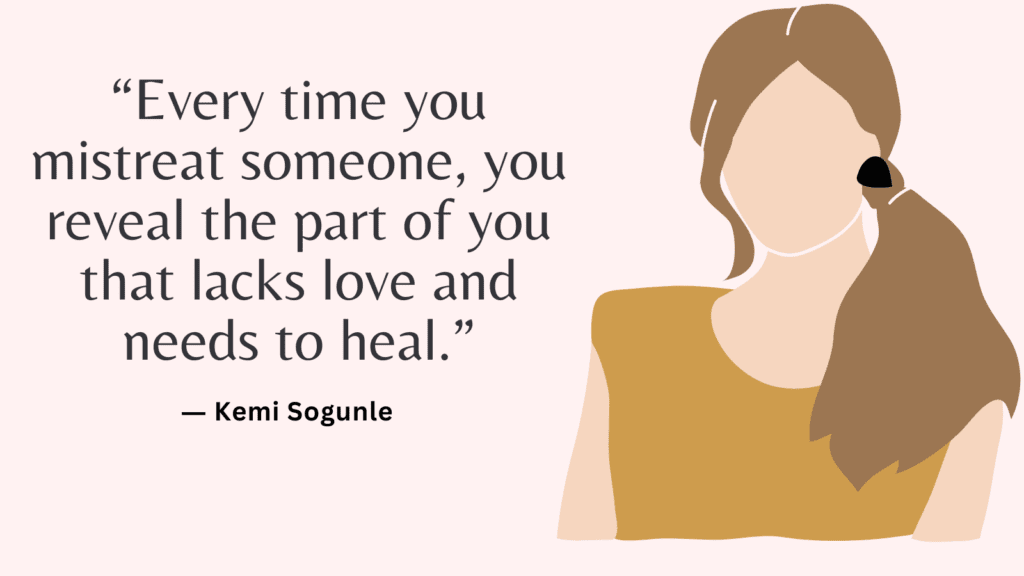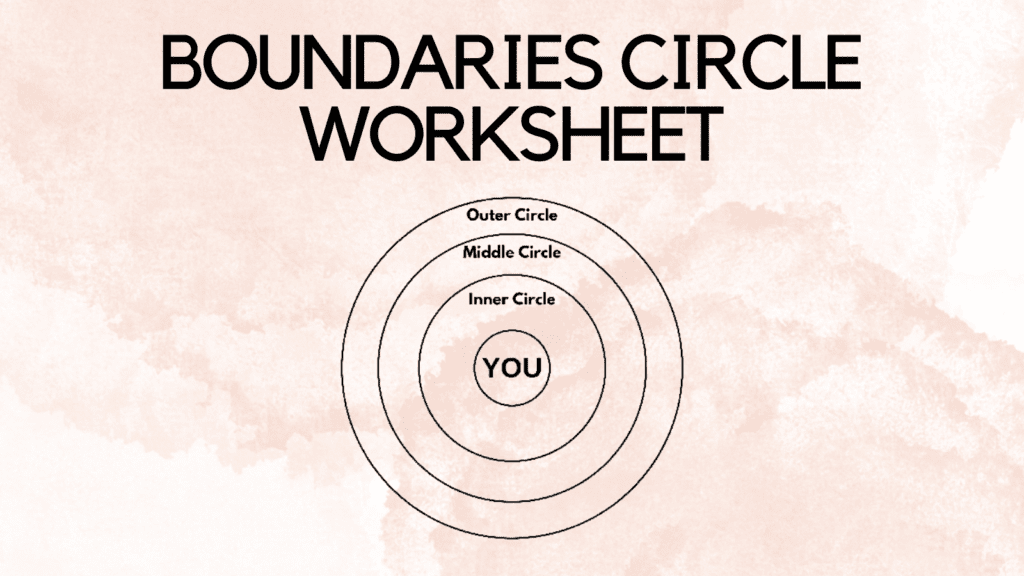In this post you’ll learn how to annoy a passive aggressive person.
Who Is The Passive Aggressive Person?
A passive-aggressive person is someone who expresses their negative feelings through indirect behavior rather than openly communicating them.
They may appear friendly and cooperative on the surface but will often behave in ways that undermine others or create conflict.
Passive-aggressive behavior can be frustrating and confusing to deal with, as it often involves mixed messages and hidden motives.
Common Traits of Passive Aggressive People
Passive aggressive people often display the following traits:
1. Indirect communication: They avoid direct confrontation and instead communicate indirectly through sarcasm, jokes, or insinuations.
2. Procrastination: They may delay completing tasks or purposely do them poorly as a way to express their frustration or resentment.
3. Blaming others: They tend to blame others for their problems or mistakes rather than taking responsibility for their actions.
4. Silent treatment: They may stop communicating or withdraw from a situation as a way to express their displeasure.
5. Fear of confrontation: They avoid expressing their feelings or concerns directly because they fear conflict or rejection.
6. Backhanded compliments: They may give compliments that have a hidden insult or criticism in them.
7. Passive resistance: They may passively resist authority or rules by following them but doing so in a way that undermines their effectiveness.
8. Sabotage: They may subtly sabotage other people’s efforts or undermine their success.
9. Guilt trips: They may use guilt as a way to manipulate others into doing what they want.
It’s important to note that not all passive-aggressive behavior is intentional and some people may not even realize they are doing it.
However, if you notice patterns of passive-aggressive behavior in someone, it can be helpful to address it directly with them or seek the help of a professional therapist.
Related: Top 5 Tips On How To Be Assertive Without Being Rude
Causes of Passive Aggressive Behavior
Passive-aggressive behavior can be caused by a variety of factors including:
1. Fear of confrontation: Individuals who have a fear of confrontation may use passive-aggressive behavior as a way to avoid direct confrontation.
2. Low self-esteem: People with low self-esteem may use passive-aggressive behavior as a way to express their anger or frustration without risking rejection or criticism.
3. Learned behavior: Passive-aggressive behavior can sometimes be learned from family members who use this as a coping mechanism.
4. Lack of assertiveness: Individuals who lack assertiveness may use passive-aggressive behavior as a way to indirectly communicate their needs and desires.
5. Control issues: People who struggle with control may use passive-aggressive behavior as a way to manipulate others and feel in charge.
6. Unresolved anger: Individuals who have unresolved anger or past traumas may express this anger through passive-aggressive behavior.
Related: Top 35 Boundaries Affirmations To Help You Become More Assertive
How To Annoy A Passive Aggressive Person?
#1. Avoid Engaging In A Power Struggle
Don’t play into their game or try to match their passive-aggressive behavior with your own.
Responding with aggression or trying to “win” an argument can escalate the situation and make it more difficult to resolve.
Instead, it’s better to address the issue calmly and professionally without attacking or blaming them.
Remind yourself that Passive-aggressive behavior is often a result of underlying issues and insecurities, and trying to assert power may trigger their defensive mechanism.
#2. Respond Assertively
Assertiveness is the best way to annoy a passive aggressive person.
To help you become more assertive, start using “I” statements when communicating with passive-aggressive people.
For example, instead of saying “You’re being passive-aggressive,” say “I feel uncomfortable with the way you’re communicating.”
Related: Top 25 Tips On How To Set Boundaries In A Toxic Relationship? (+FREE Worksheets PDF)
#3. Don’t Take It Personally
Try not to internalize or overthink passive-aggressive behavior.
Remember that their behavior is about them, not you. It’s often a coping mechanism for their own insecurities or fears.
Instead, detach your emotional response from their behavior and focus on finding a solution.
#4. Stay Calm
Passive-aggressive people may try to provoke you by pushing your buttons.
Stay calm and composed by taking deep breaths and focusing on the present moment instead of getting caught up in their behavior.
Related: Rational Detachment – What Is It and How to Cultivate it
#5. Set Boundaries
Dealing with a passive-aggressive person can be difficult, but it’s important to set boundaries to protect yourself.
Let the person know you won’t tolerate their behavior. Address the behavior specifically, and let the person know that their behavior is unacceptable. Use “I” statements such as “I feel uncomfortable when you do/say _____.”
Be firm: Don’t let the passive aggressive behavior slide.
Setting boundaries with a passive-aggressive person may take time and practice. Be patient, consistent, and don’t give up on protecting your own needs and wellbeing.
Related: What Do Boundaries Sound Like? + 35 Boundaries Examples

#6. Limit Your Interactions
If possible, avoid interacting with the person as much as possible.
When you do need to communicate with them, keep it brief and to the point.
Avoid unnecessary interactions and distance yourself from them when possible.
#7. Manage Stress In Healthy Ways
Dealing with a passive-aggressive person can be quite challenging and may cause stress.
Here are some healthy ways to manage stress when dealing with such a person:
1. Practice mindfulness: Mindfulness is a practice where one pays attention to the present moment. By being mindful, you focus on your thoughts and feelings, which helps you stay grounded and calm.
2. Take a break: If you are feeling overwhelmed or stressed, take a break from the situation. Go for a walk, meditate, or do some yoga to relax your mind and body.
3. Focus on positive self-talk: Avoid negative self-talk and focus on positive affirmations. Remind yourself that you are doing your best and that you cannot change the behavior of another person.
4. Practice self-care: Engage in activities that promote relaxation and self-care, such as taking a bubble bath, getting a massage, or reading a book.
By incorporating these healthy habits into your routine, you can better manage your stress when dealing with a passive-aggressive person. Remember to prioritize your well-being and take care of yourself.
Related: Top 45 Self Care Day Ideas at Home To Kickstart Your Self Care Ritual
#8. Seek Help When Needed
Passive-aggressive behavior can be frustrating and difficult to deal with, and it is important to have a support system in place to help you navigate these situations.
This may include seeking support from friends or family members, or even seeking professional help from a therapist or counselor.
Conclusion
Remember that you cannot change a passive-aggressive person’s behavior, but you can control how you respond to it.
By maintaining your composure and setting clear boundaries, you can minimize the impact of their behavior on you and your work.




